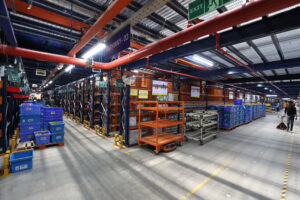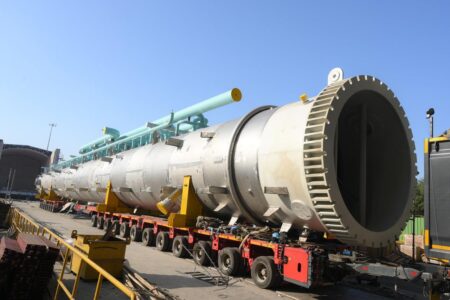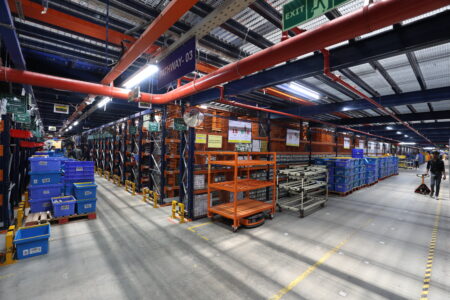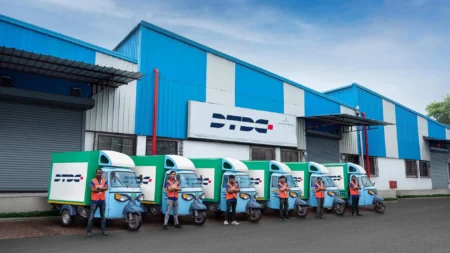Dive into India’s logistics leap: where seamless connections meet tech-driven supply chains, Gati Shakti’s transformative power, and resilient trade visions ignite national economic growth.

Logistics is currently the sunrise sector of India
Prof. (Dr.) Manoj Choudhary, Vice Chancellor, Gati Shakti Vishwavidyalaya, emphasises balanced first and last-mile connectivity. “Logistics is complete only when a person, an item, or a parcel is picked up from one place and delivered seamlessly,” he notes. India’s focus on multimodal logistics and infrastructure development, including railways, highways, and ports, is crucial. “India is putting significant emphasis on improving it,” he states, highlighting the coordinated use of all transportation modes to reduce costs and enhance efficiency. He stresses that integrating various transportation systems allows for a more streamlined and cost-effective movement of goods, essential for competing globally.
Gati Shakti impact
Choudhary believes the PM Gati Shakti initiative, utilising geospatial data and technology, will reduce project delays and cost escalations. “When we build synergy during the project planning stage and utilise technology for the project monitoring stage, we will be able to control both the project delays as well as the cost escalations,” he explains. This initiative aims to create a fast, seamless, and affordable transportation system, boosting India’s global trade position by enhancing manufacturing cost-effectiveness and export competitiveness. He highlights that efficient logistics directly impacts manufacturing costs, making Indian goods more competitive in the international market.
Resilient ecosystem
Addressing geopolitical uncertainties, Choudhary advocates for minimising dependencies and building resilient supply chains. “We have to cover our risk, and in order to make a resilient supply chain system, this is the only way,” he states. He suggests manufacturing more in India, diversifying supply sources, and forming strategic alliances to mitigate risks, particularly in critical sectors like semiconductors and rare earth materials. Creating redundancies and alternative supply routes is essential for maintaining stability in the face of global disruptions.
Technological adoption
Choudhary highlights the role of smart and efficient logistics in achieving India’s 2047 development goals. “Logistics has now become a backbone of India’s progress,” he emphasises. He advocates for the adoption of AI, machine learning, and IoT in warehousing and inventory management. Transitioning to predictive asset maintenance in transportation infrastructure is also crucial for increasing asset life and efficiency. “These reforms, along with the policy reforms, will be very crucial,” he concludes, stressing the need for data-driven decision-making and advanced technology to optimise logistics operations.
Passionate contribution
Choudhary views logistics as India’s sunrise sector, akin to the IT industry in the past. “Logistics is currently the sunrise sector of India,” he asserts. He expresses his passion for transforming the transportation sector and leaving a lasting legacy through his work at Gati Shakti Vishwavidyalaya, underscoring his dedication to India’s logistics evolution and its role in national development.











